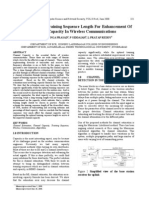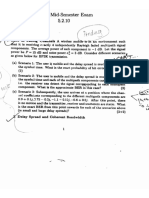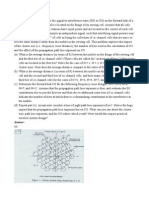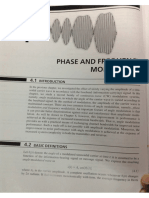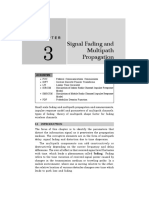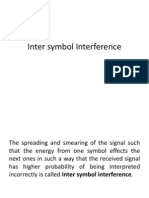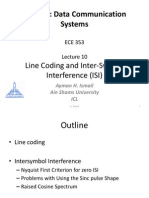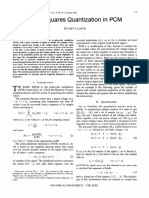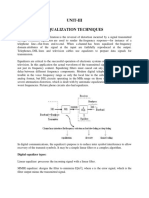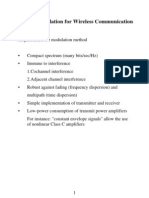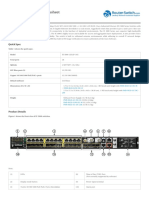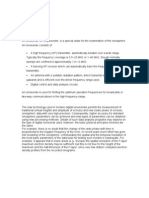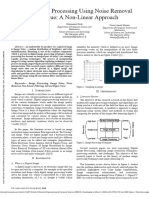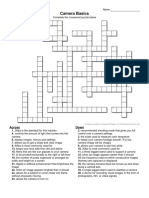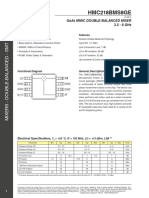0% found this document useful (0 votes)
144 views44 pagesECT402 WirelessCommunication Module3 Part1
The document discusses digital modulation and detection techniques for wireless communication. It covers topics like digital modulation categories, modulation mapping, geometric representation of signals, error probability analysis of BPSK, performance in flat fading channels including outage probability and average error probability. It also discusses multicarrier modulation techniques.
Uploaded by
u2001170Copyright
© © All Rights Reserved
We take content rights seriously. If you suspect this is your content, claim it here.
Available Formats
Download as PDF, TXT or read online on Scribd
0% found this document useful (0 votes)
144 views44 pagesECT402 WirelessCommunication Module3 Part1
The document discusses digital modulation and detection techniques for wireless communication. It covers topics like digital modulation categories, modulation mapping, geometric representation of signals, error probability analysis of BPSK, performance in flat fading channels including outage probability and average error probability. It also discusses multicarrier modulation techniques.
Uploaded by
u2001170Copyright
© © All Rights Reserved
We take content rights seriously. If you suspect this is your content, claim it here.
Available Formats
Download as PDF, TXT or read online on Scribd
/ 44







